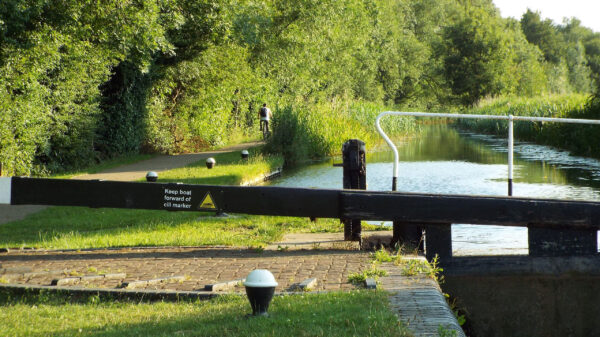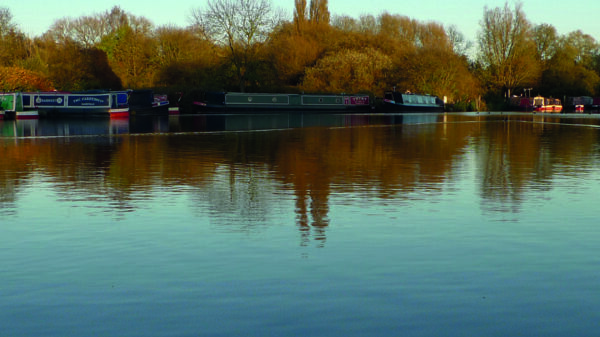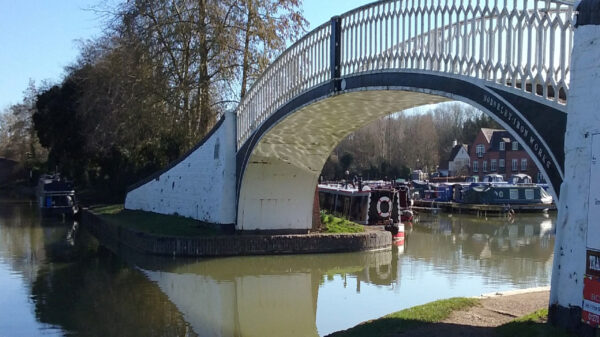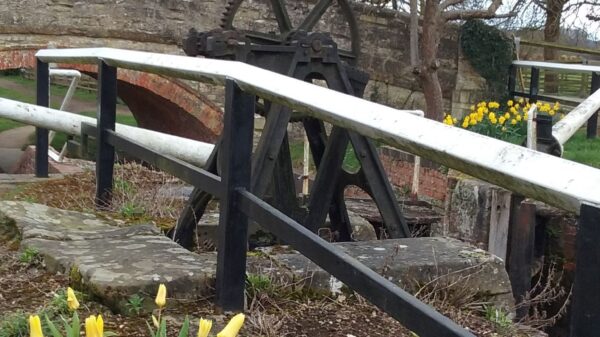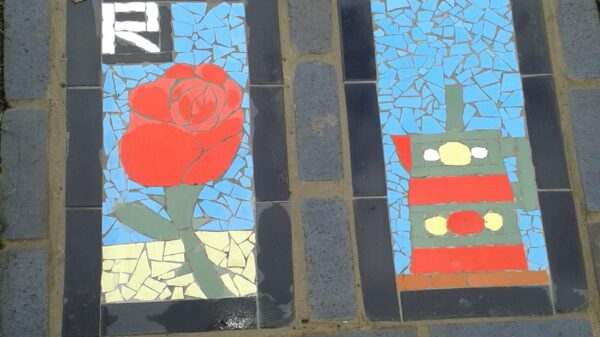2. Head back to the village
Double back to the village. Look out for the historic boat called ‘Sculptor’ usually found outside the canal museum. Sculptor was built in 1935. She was a motor boat of one of 12 pairs of motors and butties and was delivered to the Grand Union Canal Carrying Company in November 1935 along with the butty Toucan, with which she was originally intended to pair. A butty was like a trailor, towed behind the motor boat, and enabled more cargo to be carried.

